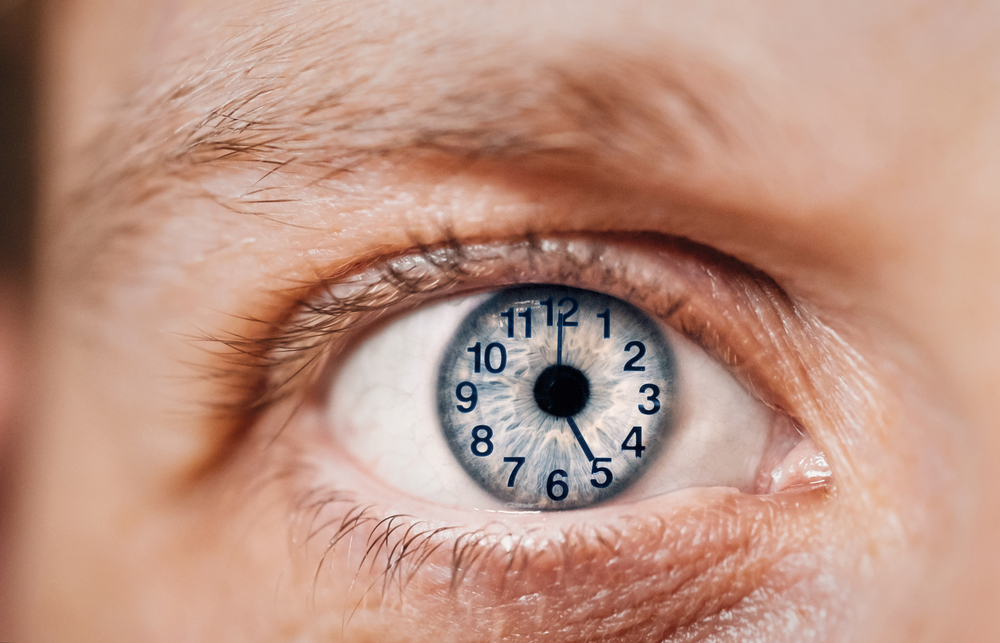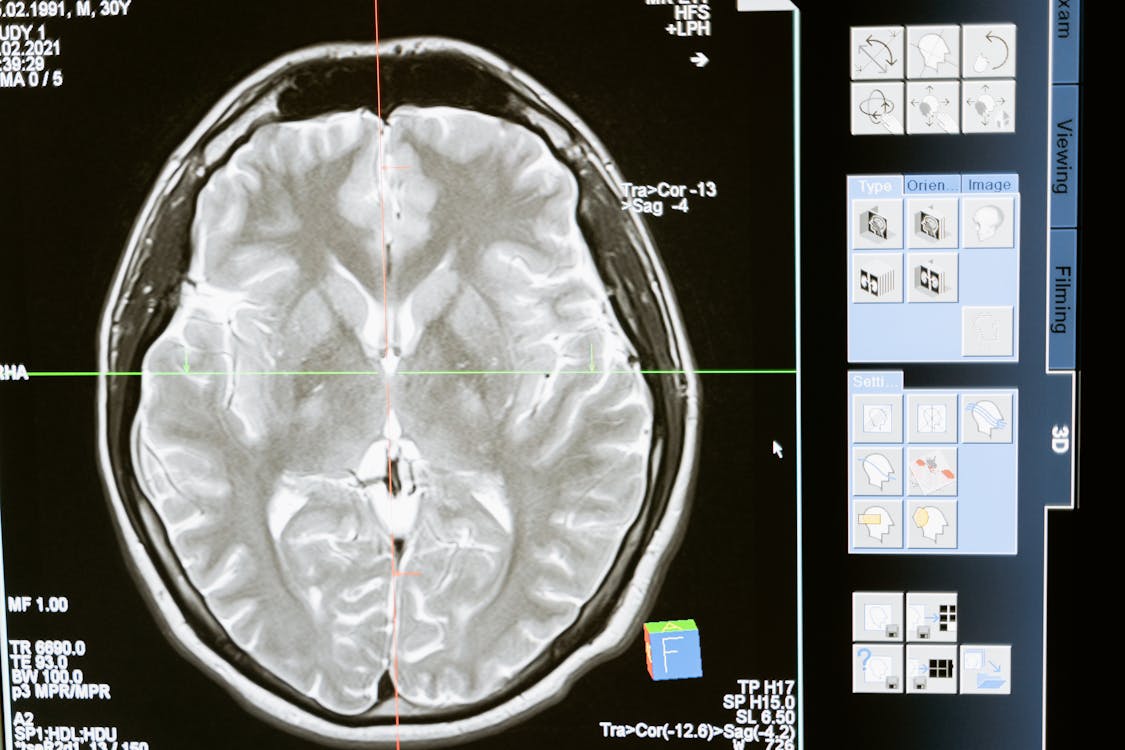
Have you ever wondered how your brain keeps the world around you feeling steady, even though everything is constantly changing? Every blink, every flicker of light, and every shifting shadow are filtered seamlessly into a stable picture of reality. But what if that stability was just an illusion?
Recent discoveries reveal that the way we see the world isn’t as real-time as we might think. There’s a hidden process at work, one that keeps our perception smooth and steady, shielding us from the chaos happening around us.
This intriguing mechanism could change the way you understand not only your mind but also your experience of the world itself.
The Visual Chaos Around Us
 Image source: Pexels
Image source: Pexels
Imagine holding up your phone and using the live video feed as your eyes. Every tilt of your hand and every step you take creates a chaotic swirl of shifting colors, shapes, and movement on the screen. That’s the kind of “raw data” your brain has to process every moment of the day. Without some kind of filter, your vision would feel just as dizzying and disjointed as that shaky video feed.
Our eyes are constantly bombarded by a flood of visual information—millions of tiny changes in light, motion, and perspective. Blinking, turning your head, or simply walking through a room creates what scientists call “visual noise.” Yet, instead of feeling overwhelmed by this chaotic input, we experience the world as smooth and stable.
So, how does your brain pull off this incredible trick? The answer lies in a phenomenon called serial dependence—a mechanism that uses your visual past to help stabilize your present. By “borrowing” from the last few seconds, your brain smooths over the messiness of reality, allowing you to focus on what’s most important.
This ability to filter and stabilize visual information is one of the reasons we can navigate our environment without feeling like we’re on a rollercoaster. But how exactly does it work?
The Brain’s Time Machine
 Image source: Pexels
Image source: Pexels
Your brain is like a time machine, constantly pulling from the past to stabilize the present. Instead of processing every single visual snapshot as it happens, it blends what you’re seeing now with what you saw moments ago—creating an average that feels smooth and seamless. This phenomenon, known as serial dependence, allows your mind to keep up with the overwhelming flow of visual information.
Scientists recently demonstrated this effect through an experiment involving faces that slowly morphed in age. Participants watched a video of a face transforming from young to old (or vice versa), but when asked to identify the age of the face at the end, their brains had a surprising bias. Instead of seeing the face as it was in that exact moment, they reported the age from 15 seconds earlier.
This shows that the brain doesn’t update visual information in real-time. Instead, it holds onto recent moments and merges them with the present. Why? Because it’s efficient. Processing every millisecond of visual data would be exhausting, like watching a movie where the frames are out of sync. By smoothing things over, the brain ensures that what you see feels steady and consistent.
It’s a remarkable trade-off—sacrificing absolute precision for stability. But this “illusion of stability” does more than just keep the world from feeling chaotic; it also highlights the incredible ways our minds adapt to the complexity of life.
Why Seeing the Past Keeps You Grounded in the Present
At first, the idea of seeing the world 15 seconds in the past might sound like a flaw. But in reality, it’s a brilliant design that helps us navigate life with ease. By relying on recent visual data, our brains save energy and prevent us from being overwhelmed by the sheer amount of information hitting our eyes every second.
Imagine if your brain processed every blink, flicker of light, or subtle motion as a brand-new event. The world would feel chaotic and unsteady, like trying to watch a movie with missing frames. By “procrastinating” and recycling information from the past, the brain creates a smooth, unified picture of reality, allowing us to focus on what truly matters.
This delay also shields us from sensory overload. Without it, we might struggle to complete even the simplest tasks. Everyday activities, like walking down a busy street or driving a car, would become disorienting and overwhelming. Thanks to this mechanism, we can focus on the bigger picture, moving seamlessly through our surroundings without feeling like the world is spinning out of control.
In many ways, living slightly in the past teaches us a valuable lesson: sometimes, it’s better to prioritize stability and clarity over absolute precision. It’s a reminder of the incredible balance our minds strike every day to help us thrive in a world that’s constantly in motion.
When Visual Stability Comes at a Cost
 Image source: Pexels
Image source: Pexels
While the brain’s reliance on the past is a brilliant design for stability, it’s not without its drawbacks. In most situations, this slight delay helps us navigate the chaos of life. But when absolute precision is required, the brain’s lag can become a liability.
Take radiology, for example. Radiologists often examine hundreds of images in quick succession, searching for abnormalities in X-rays or scans. Research has shown that their decisions can be influenced by the images they’ve seen just moments earlier, rather than focusing solely on the one in front of them. This lag, while usually harmless, could lead to errors with serious consequences.
Similarly, this delay can impact high-stakes scenarios like driving or operating heavy machinery, where split-second reactions are crucial. The brain’s tendency to rely on past visual input means it might not register immediate changes as quickly as the situation demands. In these cases, the very mechanism that protects us from sensory overload could potentially put us at risk.
Yet, even in these scenarios, it’s important to recognize that this lag is not a flaw—it’s a trade-off. By prioritizing stability over precision, our brains are doing what they’ve evolved to do: helping us make sense of a complex, ever-changing world.
Finding Clarity in the Chaos
Seeing life with a slight delay might sound like a limitation, but it’s actually a testament to the incredible design of the human brain. By relying on recent visual memories to smooth out the chaos of the present, our minds create a stable, coherent reality that allows us to navigate the world with ease.
This phenomenon is a powerful reminder of how much our perception shapes our experience. What we see is not always the absolute truth, but rather a version of reality crafted to help us survive and thrive. It’s a delicate balance—trading precision for clarity, complexity for simplicity.
So, the next time you’re caught marveling at a sunset or navigating a bustling street, take a moment to appreciate the intricate work your brain is doing behind the scenes. Even when it’s a fraction of a second behind, it’s always working to keep you steady in an ever-changing world.
Because sometimes, living slightly in the past is exactly what we need to stay grounded in the present.
Featured image source: Shutterstock
Loading...






